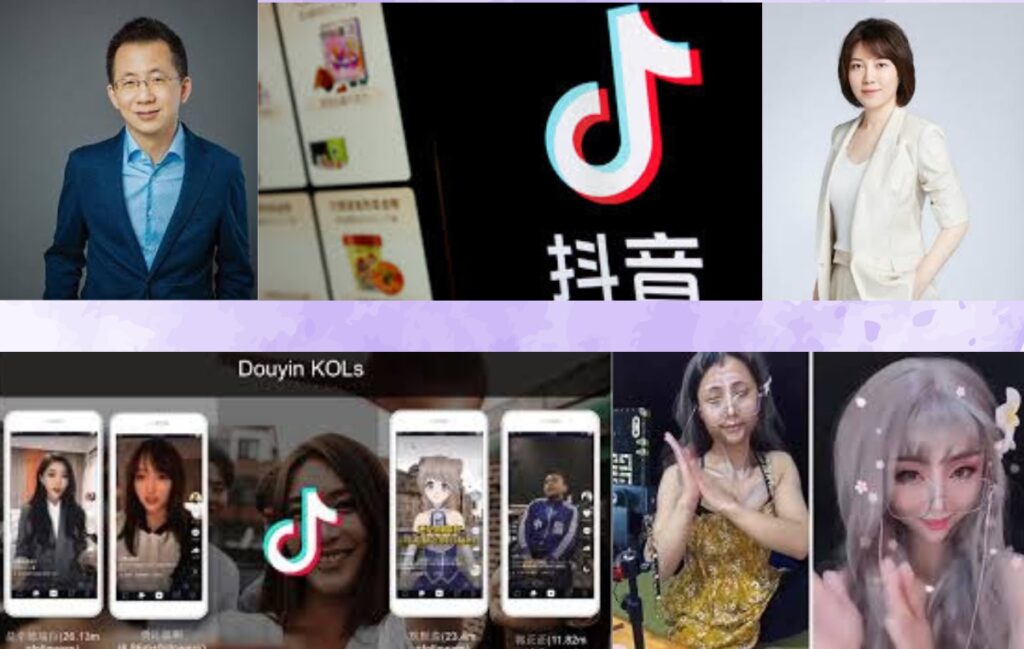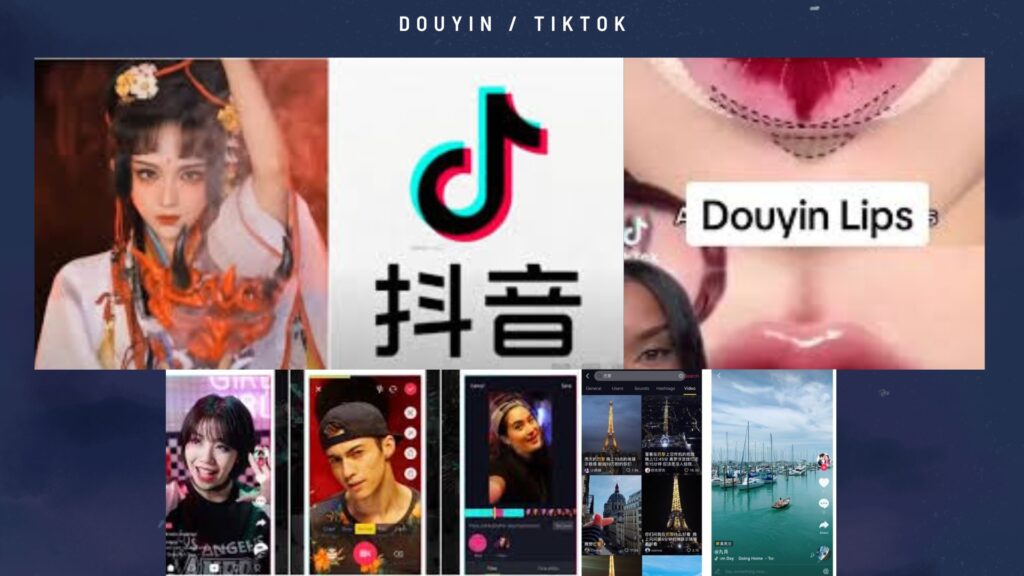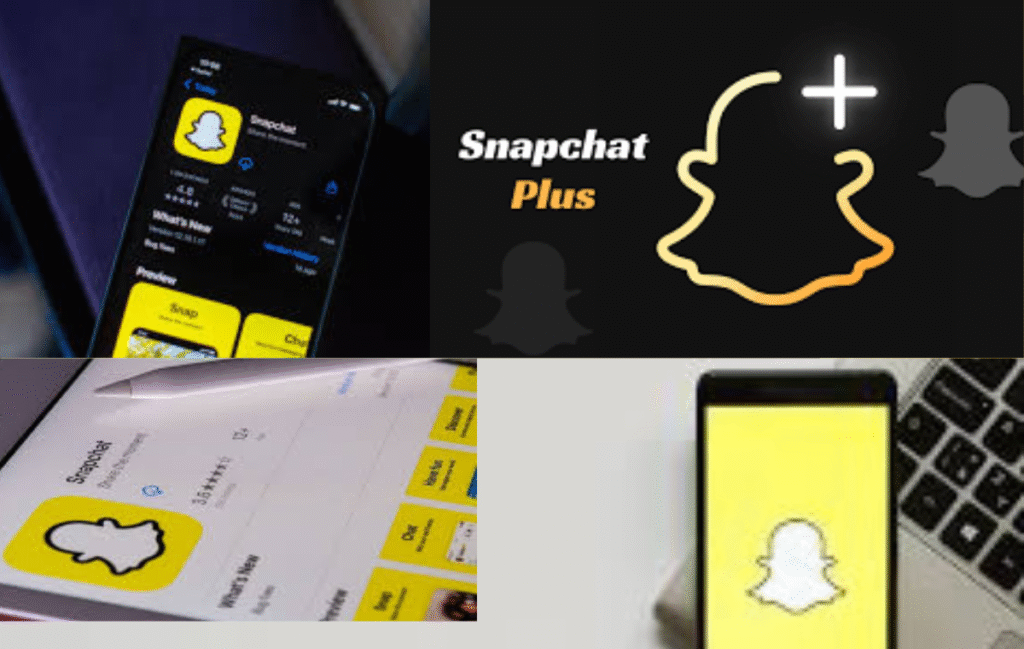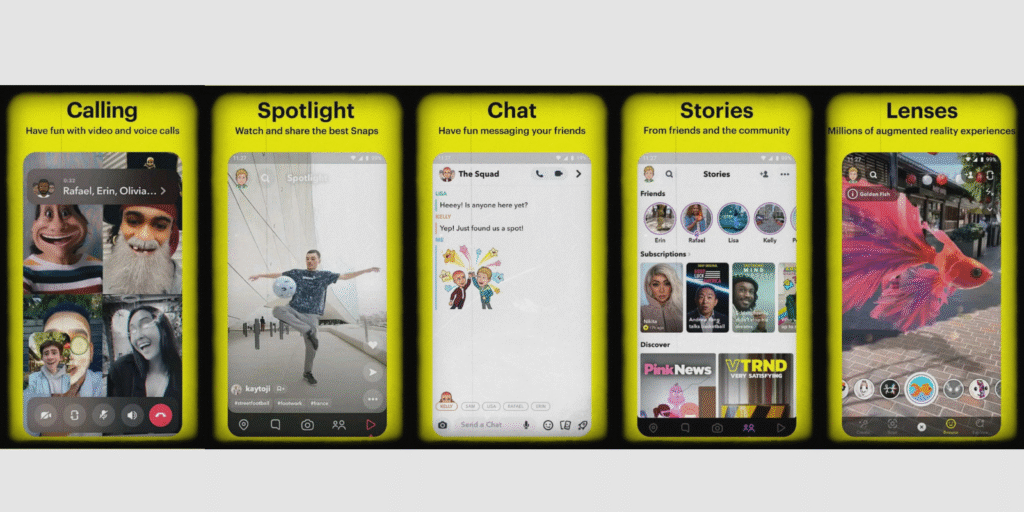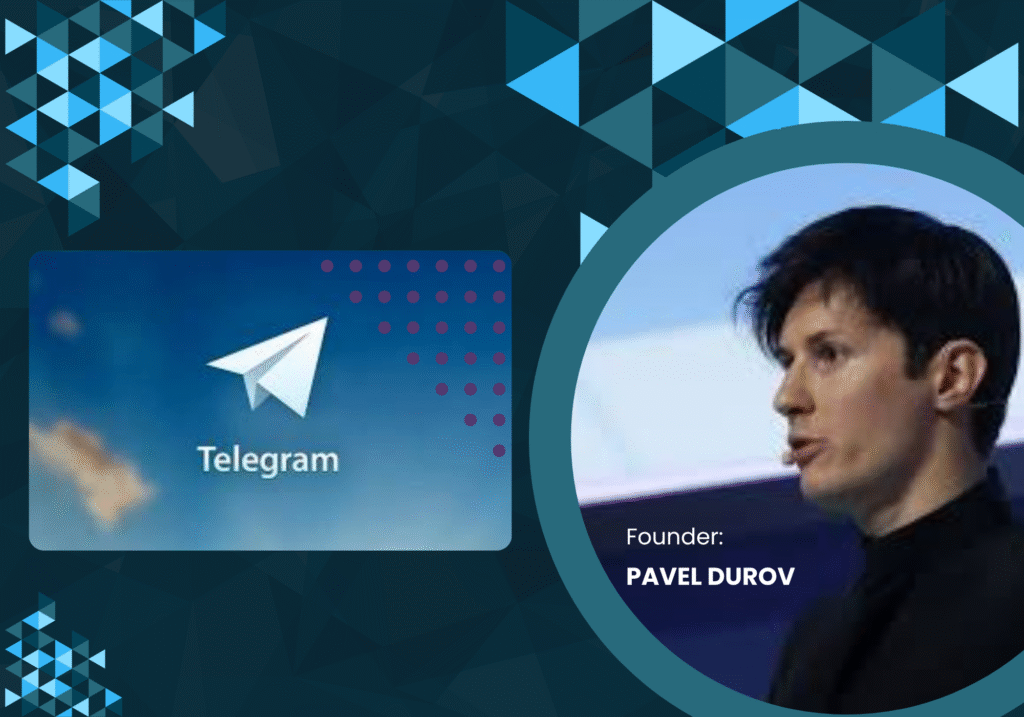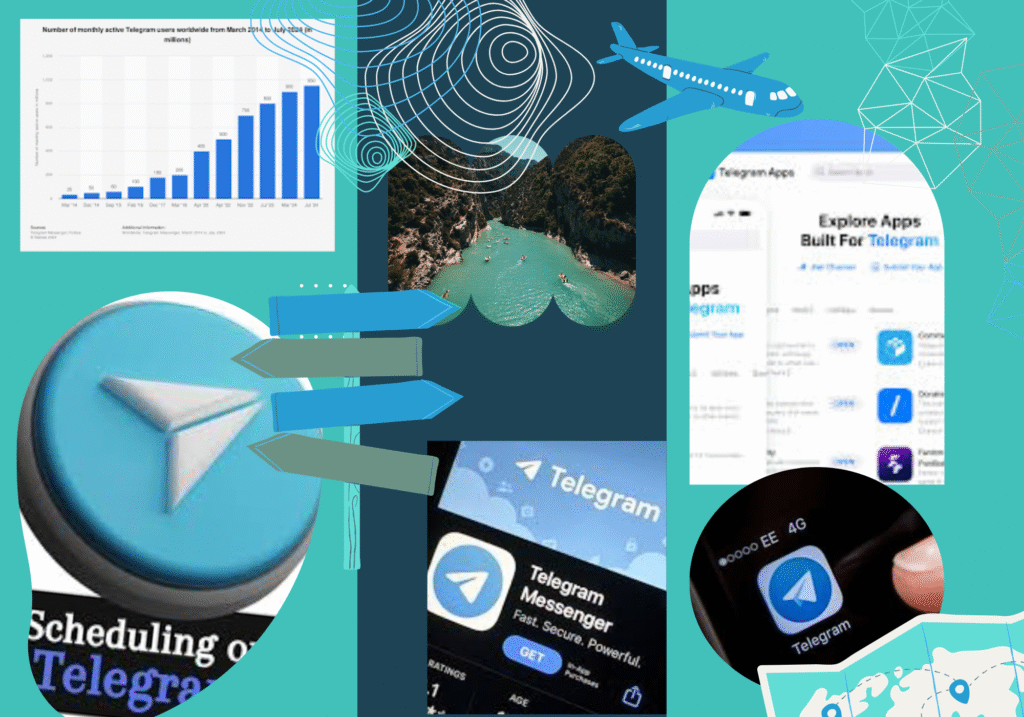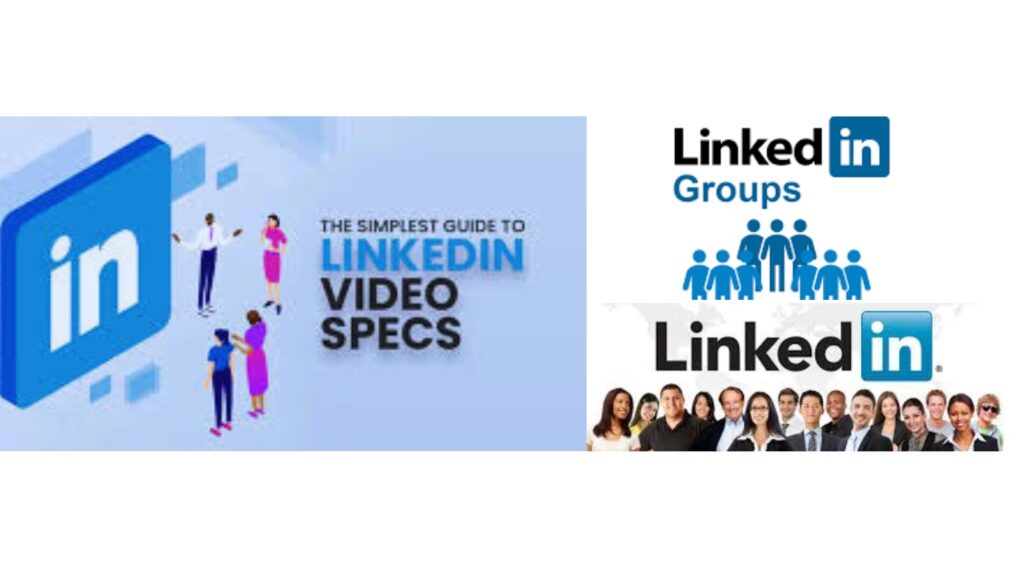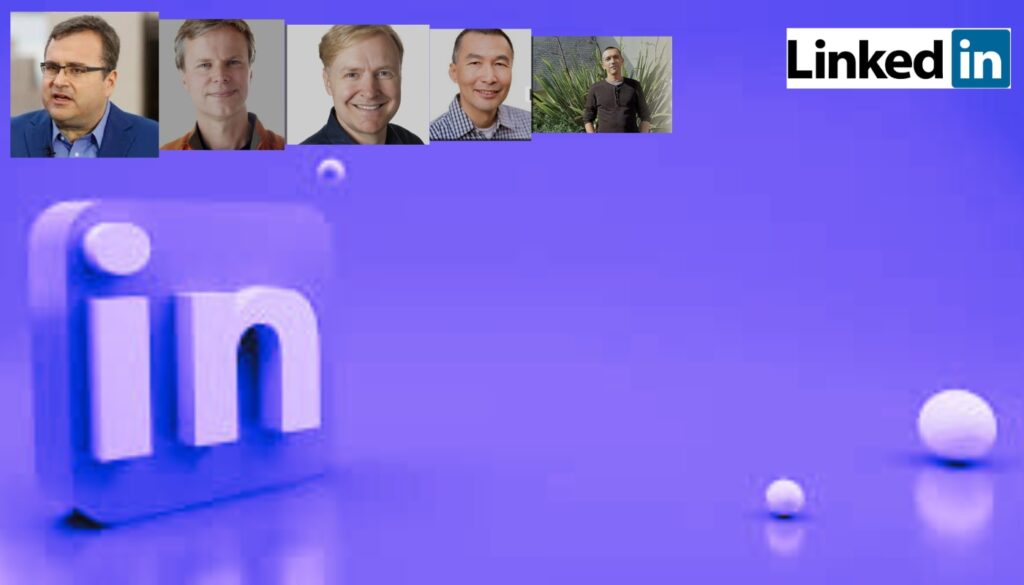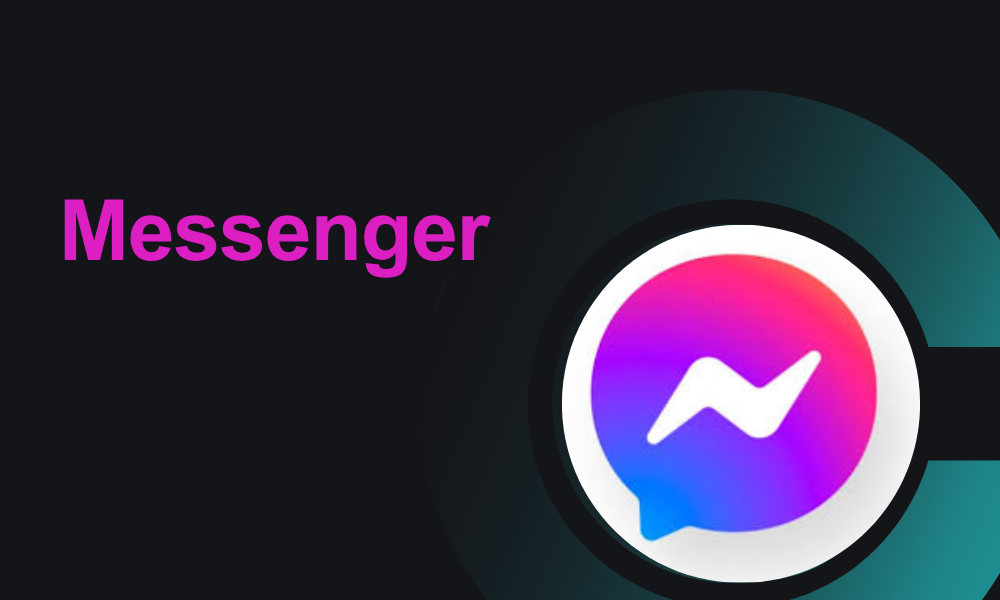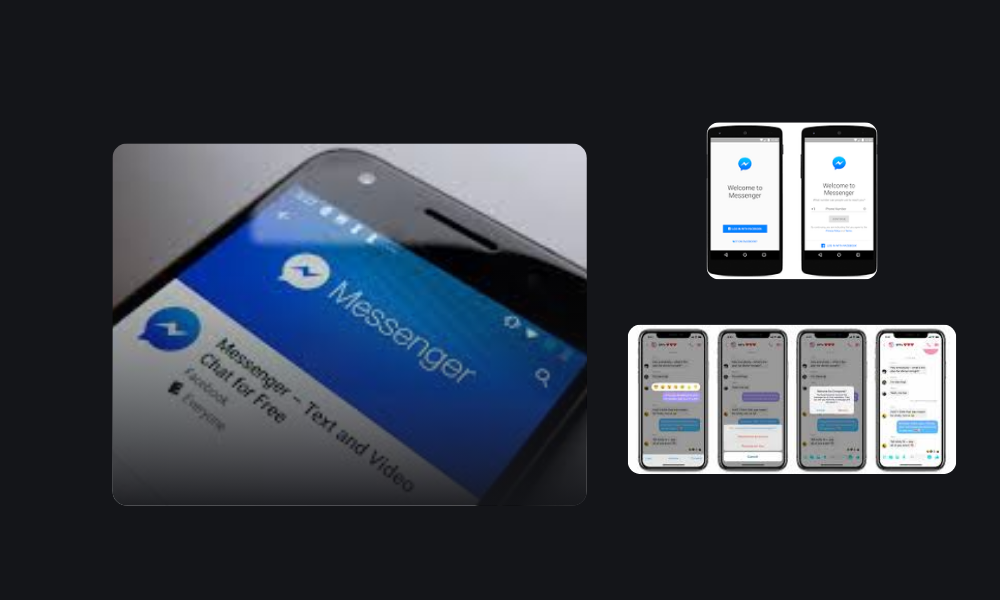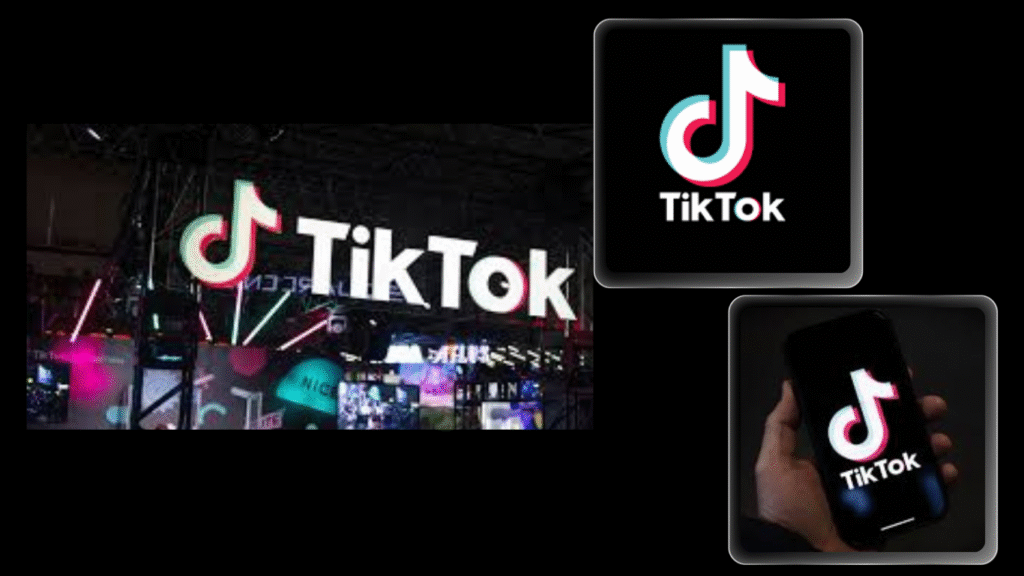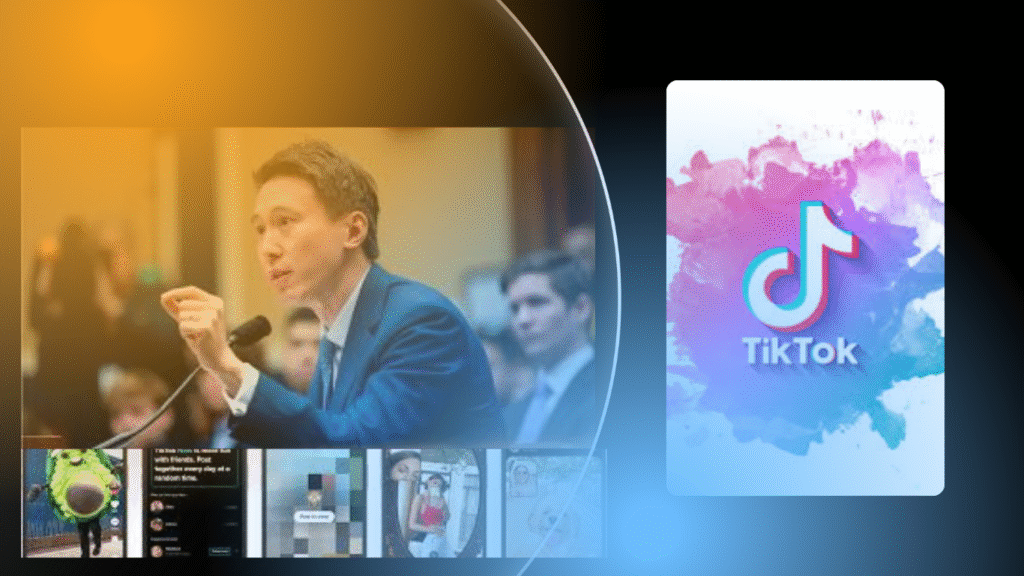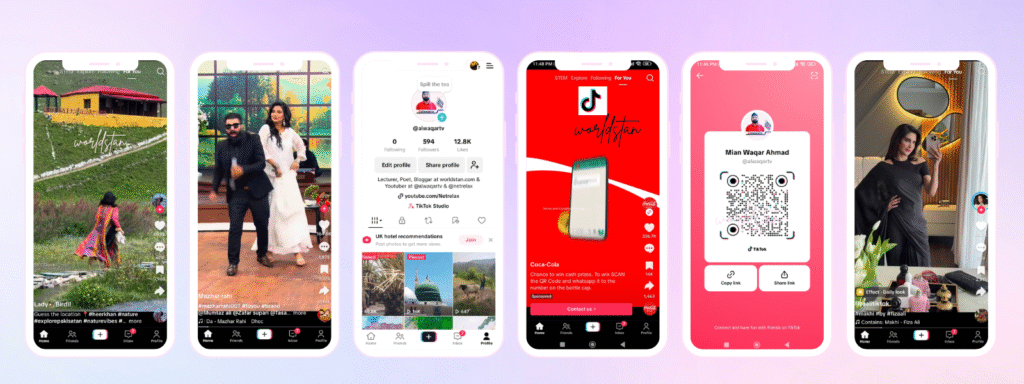- Can you name some milestones in the history of Microsoft Teams’ development?
- How did Microsoft respond to competition from platforms like Slack in the realm of workplace collaboration?
- What controversies and challenges has Microsoft Teams faced, particularly regarding security vulnerabilities and legal scrutiny?
- How has Microsoft Teams revolutionized communication and collaboration for businesses?
- What are some novel features and milestones in the journey of Microsoft Teams?
- How does Microsoft Teams cater to the needs of different types of workers, such as frontline employees?
- What are some examples of business solutions offered by Microsoft Teams for small and large enterprises?
- What are some advanced collaboration features available in Microsoft Teams?
- Can you describe the Microsoft Teams Premium subscription and its benefits?
- How does Microsoft Teams Phone extend communication capabilities within the platform?
- What options does Microsoft Teams offer for cost-saving bundles and promotional discounts?
- How does Microsoft Teams facilitate data integration and automation for enterprise productivity?
- How does Microsoft Copilot enhance productivity and security within Microsoft Teams?
- Can you explain the significance of Microsoft Teams in shaping the future of workplace collaboration?
- How does Microsoft Teams promote inclusivity and engagement in remote meetings?
- What are some challenges Microsoft Teams has faced in maintaining user privacy and security?
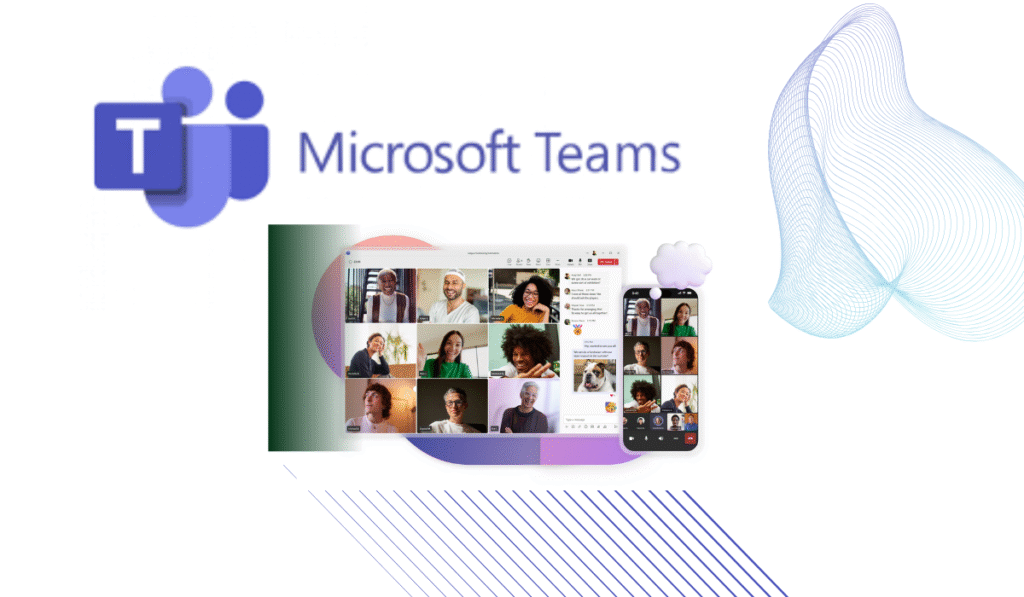
Introduction to Microsoft Teams:
Introduced by Microsoft in 2017 and originating from the United States, Microsoft Teams has emerged as a robust collaboration platform, connecting 300 million users worldwide. With its daily active user count reaching 145 million, Teams has become an indispensable tool for professionals and organizations seeking efficient communication and collaboration solutions. The platform’s widespread adoption is a testament to its functionality, user-friendly interface, and the seamless integration it offers with other Microsoft products, making it a cornerstone of digital workplaces globally.
History
Evolution of Workplace Collaboration: Microsoft's Strategic Moves
The Genesis of Microsoft Teams:
- The Acquisition of Parlano: On August 29, 2007, Microsoft acquired Parlano, marking its first step towards enhancing group communication through the latter’s product, MindAlign.
- Debating Slack vs. Building Anew: In early 2016, Microsoft contemplated acquiring Slack for $8 billion. However, influenced by Bill Gates, the decision shifted towards enhancing Skype for Business, leading to the pivot towards creating a novel platform.
- The Birth of Teams: Under the guidance of Qi Lu, the concept of a unique collaborative platform began to take shape. Following Lu’s departure, Microsoft unveiled Teams in New York on November 2, 2016, with a global launch on March 14, 2017, under the leadership of Brian MacDonald.
Competitive Landscape and Strategic Responses:
- Slack’s Public Acknowledgment: Slack’s recognition of Teams through a New York Times advertisement highlighted the emerging competition between the two platforms.
- Divergent Audiences: Initial assessments suggested Teams and Slack catered to different market segments, with Teams integrating more closely with Office 365’s ecosystem, targeting larger organizations.
- Expanding Accessibility: Microsoft evolved Teams to allow external participants, broadening its applicability beyond internal collaboration.
- Enhancing Integrations: Slack responded by deepening its integration with Google services, aiming to retain its competitive edge.
Continuous Innovation and Expansion:
- Educational Integration: In 2017, Microsoft announced that Teams would supplant Microsoft Classroom in Office 365 Education, expanding its influence in the academic sector.
- Introducing a Free Version: In 2018, Microsoft launched a free version of Teams, making its core functionalities accessible to a wider audience but with certain limitations.
- Targeting Firstline Workers: An update in 2019 aimed to facilitate seamless communication among retail employees, indicating Microsoft’s commitment to serving a diverse workforce.
Phasing Out Skype for Business:
- Transition to Teams: In a strategic move, Microsoft announced the discontinuation of Skype for Business in favor of Teams, culminating in the cessation of Skype for Business Online on July 31, 2021.
Novel Features and Milestones:
- Innovating Communication: The introduction of a “Walkie Talkie” feature in 2020 exemplifies Teams’ adaptability, offering push-to-talk capabilities for frontline workers.
- Pandemic-Driven Growth: The COVID-19 pandemic significantly boosted Teams’ daily usership, with a record 4.1 billion meeting minutes logged in a single day in April 2020.
Platform Diversification and Strategic Shifts:
- Teams for Linux: Microsoft’s venture to accommodate Linux users with a public preview in December 2019, although it was later discontinued in 2022.
- From Gaming to Collaboration: The shutdown of Mixer in July 2020 and the subsequent transition of its team to the Teams division showcases Microsoft’s strategic reallocation of resources towards enhancing Teams.
Through these strategic maneuvers and innovative features, Microsoft Teams has emerged as a pivotal platform in redefining workplace collaboration, continually adapting to the evolving needs of businesses and educational institutions alike.
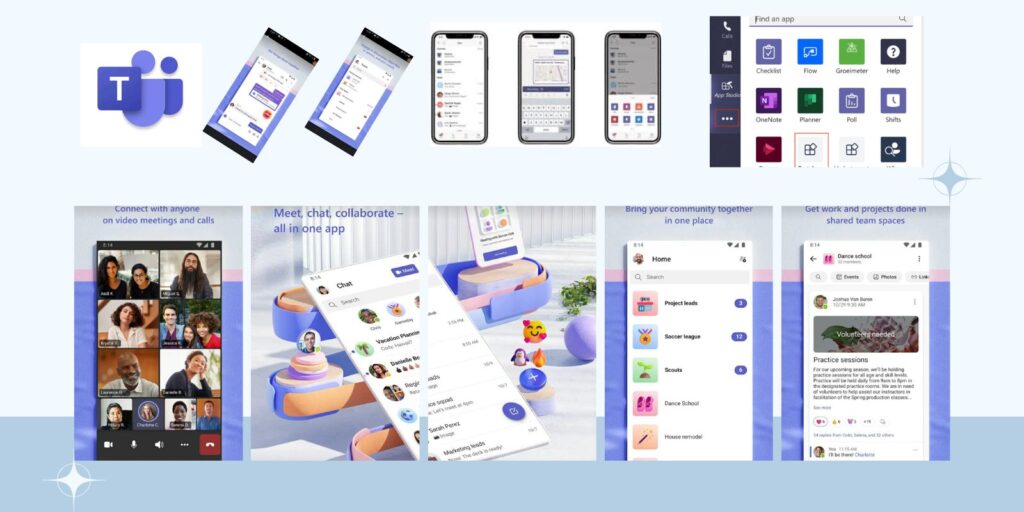
Business:
Revolutionizing Small Business Operations: A Comprehensive Software Solution
Streamlined Communication and Secure File Management:
- All-in-One Cloud Platform: A unified platform designed for small businesses, facilitating seamless communication with customers and team members alongside secure file storage and sharing.
Microsoft Teams: The Hub for Enterprise Collaboration
- Versatile Workspaces: Teams offers a dynamic environment for collaboration, adaptable for home, office, or mobile use, ensuring productivity regardless of location.
- Empowering Teams for Success: Enhance teamwork and drive business growth through efficient communication and collaborative tools provided by Teams.
Leveraging AI to Transform Workflows:
- AI-Enhanced Productivity: Elevate task management and collaboration with AI-driven features in Teams, streamlining operations for higher-value outcomes.
Introducing Microsoft Mesh: The Future of Meetings:
- Avatars and Virtual Spaces: Mesh introduces customizable avatars and 3D spaces in Teams meetings, offering an immersive meeting experience with just a click.
Advanced Collaboration with Microsoft Mesh:
- Virtual Copresence: Foster a sense of presence with avatars and 3D environments, making remote meetings more engaging through Mesh in Teams or as a standalone application.
Custom Solutions with Microsoft Teams:
- Adaptable Features: Tailor Teams to meet specific business needs, whether in-office or remote, enhancing flexibility and functionality.
Elevate Meetings with Microsoft Teams Premium:
- Intelligent, Secure Meetings: Teams Premium transforms meetings with smarter, more engaging, and secure features, available at a discounted monthly rate.
Enhanced Communication with Microsoft Teams Phone:
- Beyond Traditional Calls: Teams Phone extends beyond a cloud phone system, integrating smart communication and collaboration natively into Teams.
Streamlined Communication Solutions:
- Enterprise-Grade Calling: Enjoy basic call functionalities within Teams, connecting via voice and video calls through various channels.
Cost-Saving Bundles: Essentials and Phone:
- Unified Communication Package: Combine Teams Essentials and Teams Phone for a comprehensive communication solution, available at a promotional discount.
Microsoft Teams Rooms: Smart Meeting Spaces:
- Inclusive Remote Participation: Transform any space into a smart meeting area with Teams Rooms, designed for engaging and inclusive collaboration.
Advanced Room Management and Security:
- AI-Driven Meeting Experience: Leverage AI for enhanced audio and video in meetings, with enterprise-grade management tools for seamless operations.
Microsoft Copilot for Microsoft 365: AI-Powered Enterprise Tools:
- Transformative AI Capabilities: Copilot integrates across Microsoft 365 apps, including Teams, to revolutionize work with advanced AI tools and enterprise security.
Infinite Possibilities with Enterprise AI:
- Custom Data Integration: Copilot allows for the creation of plugins and automation, offering endless possibilities for enhancing enterprise productivity and security.
Through these diverse and innovative offerings, small businesses to large enterprises can harness the power of advanced software solutions to streamline operations, enhance collaboration, and drive growth in the modern workplace.
Controversies:
Unveiling Security Concerns: Vulnerability Exploits in Microsoft Teams
Black Hat Revelation:
Exploiting Desktop Sharing
- May 2023 Vulnerability Exposure: A critical vulnerability disclosed at a Black Hat conference unveiled the potential for hackers to clandestinely access files on a presenter’s computer via Microsoft Teams’ desktop sharing feature, without consent.
- Demo Showcase: The conference highlighted a simulated job interview scenario conducted through Teams, wherein the interviewer could covertly scrutinize files from the interviewee’s hard drive, facilitated by a compromised version of the platform.
Legal Scrutiny and Antitrust Allegations
- EU Commission’s Investigation: July 2023 witnessed the initiation of an antitrust probe by the EU Commission, focusing on Microsoft’s alleged exploitation of its dominant position in the office suite market to promote Teams, thereby detrimentally impacting competitors.
- Microsoft’s Response: In August 2023, Microsoft announced strategic adjustments, including making Teams an optional component of the Microsoft 365 bundle and offering enhanced data portability features to facilitate user migration to alternative platforms.
User Experience Modifications
- Browser Preference Override: Early 2023 saw Microsoft implementing changes in Teams, redirecting link openings from chat conversations to Microsoft Edge, irrespective of the user’s default browser settings.
These controversies underscore the intersection of security vulnerabilities, legal scrutiny, and user experience enhancements within the realm of Microsoft Teams, prompting both technical and strategic responses from the company.
Conclusion:
As we traverse the intricate tapestry of Microsoft Teams’ journey, from its inception to its controversies and transformative features, one overarching theme emerges:
The unyielding quest for innovation and flexibility to cater to the ever-changing needs of contemporary business landscapes.
From its humble beginnings as a vision to revolutionize group communication, Teams has evolved into a cornerstone of digital workplaces, connecting millions worldwide and catalyzing seamless collaboration across diverse industries.
The platform’s history is punctuated by strategic maneuvers, such as the pivotal decision to pivot towards Teams over Slack, and the subsequent expansion into educational and frontline workforce sectors. These strategic shifts underscore Microsoft’s commitment to not only meeting but exceeding the evolving needs of its users.
Yet, amidst the triumphs lie challenges and controversies, from security vulnerabilities to legal scrutiny. However, these obstacles serve as catalysts for growth and improvement, prompting Microsoft to recalibrate its strategies and enhance its offerings, ensuring the integrity and security of its platform.
In the realm of business, Teams emerges as more than just a collaboration tool; it’s a catalyst for transformation. Through its myriad features, from AI-powered productivity enhancements to immersive meeting experiences with Microsoft Mesh, Teams empowers organizations of all sizes to streamline operations, enhance communication, and drive growth.
As we look ahead, the future of workplace collaboration is filled with boundless possibilities. With Microsoft Teams at the helm, businesses can navigate this ever-evolving landscape with confidence, armed with the tools and technologies needed to thrive in the digital age.
FAQs:
Question 1: What is Microsoft Teams and when was it introduced?
Answer : Microsoft Teams is a robust collaboration platform introduced by Microsoft in 2017. Originating from the United States, it has rapidly become a cornerstone of digital workplaces, connecting a staggering 300 million users worldwide.
Question 2: Can you elaborate on the strategic moves made by Microsoft in the evolution of workplace collaboration, leading to the birth of Teams?
Answer : Certainly. Microsoft’s strategic journey towards Teams began with the acquisition of Parlano in 2007, followed by contemplation over acquiring Slack in 2016. However, influenced by Bill Gates, Microsoft decided to enhance Skype for Business instead. Finally, under the leadership of Qi Lu, Teams was unveiled in 2016 and officially launched globally in 2017.
Question 3: How did Microsoft respond to the emergence of competition, particularly from Slack, in the realm of workplace collaboration?
Answer : Microsoft’s response to the competitive landscape was multifaceted. It included acknowledging Slack’s recognition through a New York Times advertisement and ensuring Teams’ integration with Office 365’s ecosystem. Moreover, Microsoft enhanced Teams’ accessibility to external participants and deepened its integration with other Microsoft products.
Question 4: What controversies and challenges has Microsoft Teams faced, particularly in terms of security vulnerabilities and legal scrutiny?
Answer : Microsoft Teams encountered security concerns, such as vulnerabilities exploited at a Black Hat conference in 2023, highlighting potential risks with desktop sharing. Furthermore, in July 2023, the EU Commission initiated an antitrust investigation, alleging unfair market practices by Microsoft to promote Teams over competitors.
Question 5: How has Microsoft Teams revolutionized communication and collaboration for businesses, both small and large?
Answer : Microsoft Teams offers a comprehensive suite of features tailored for businesses of all sizes. It provides streamlined communication and secure file management, versatile workspaces adaptable to various environments, and AI-powered productivity enhancements. Additionally, innovative features like Microsoft Mesh introduce immersive meeting experiences, while Microsoft Copilot leverages AI for transformative enterprise tools, exemplifying Teams’ commitment to driving growth and innovation in the modern workplace.

Prof. Mian Waqar Ahmad
Prof. Mian Waqar Ahmad, a dynamic force straddling the realms of academia and digital media. As a distinguished Lecturer in Information Sciences, he imparts knowledge within the academic sphere, igniting the minds of his students. Beyond the classroom, Prof. Mian Waqar Ahmad dons the hat of a seasoned blogger on Worldstan.com, where his insightful posts delve into the intricacies of information sciences. His digital footprint extends even further as a YouTuber, leveraging the platform to share his expertise and make complex concepts accessible to a global audience. Prof. Mian Waqar Ahmad’s journey embodies the fusion of traditional education and contemporary digital outreach, leaving an indelible mark on the evolving landscape of information sciences. Explore his world at Worldstan.com and witness the convergence of academia and the digital frontier.

